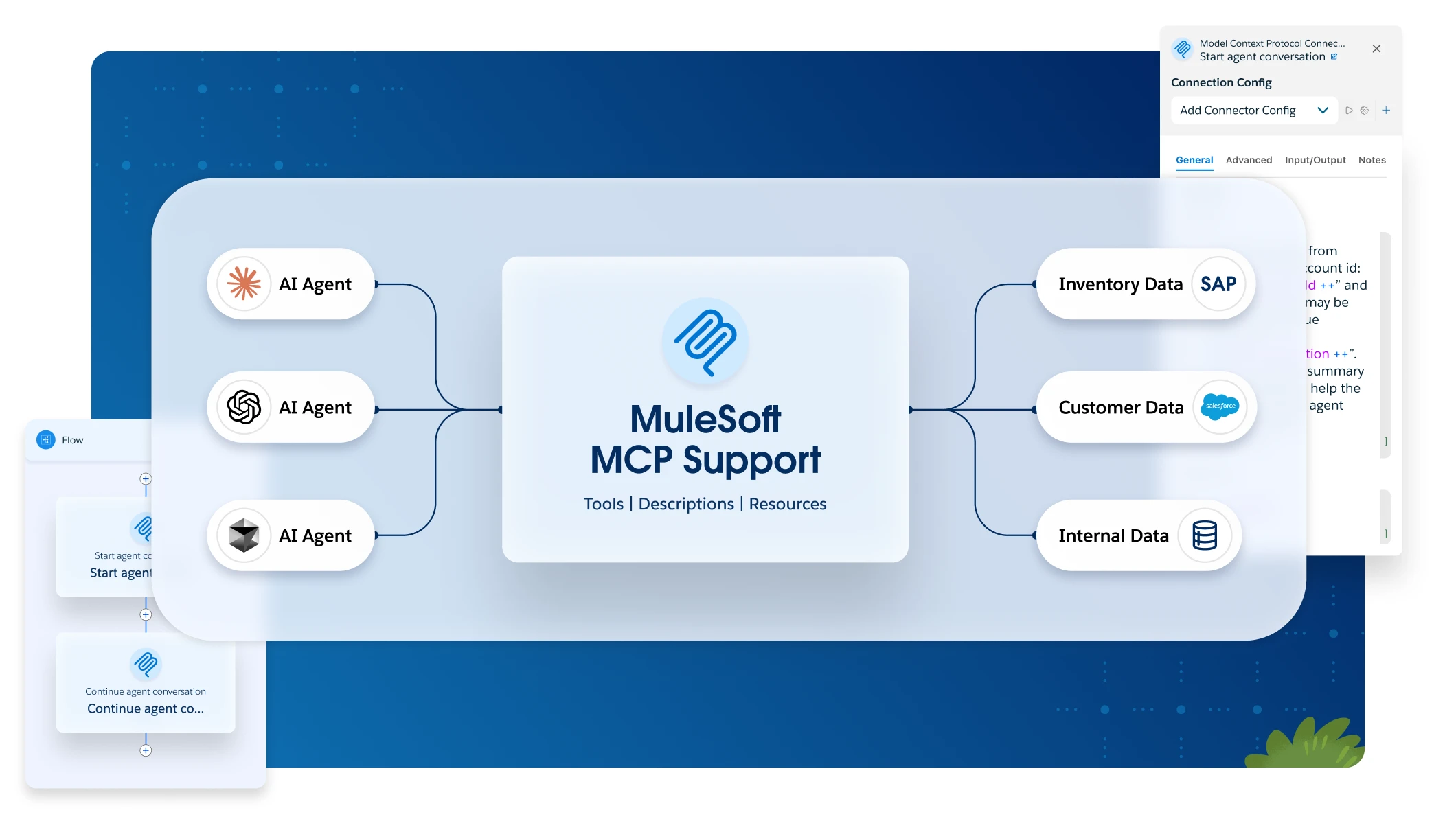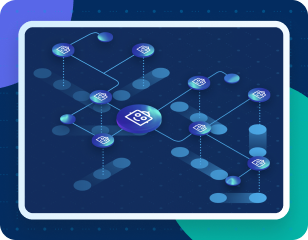The biggest headache you may face is trying to make sense of your organization’s data. Sure, it’s quality data, but how do you make it actionable when it’s spread across hundreds of disparate systems? Now, imagine if you could transform that data into composable building blocks, enabling innovation and faster progress. To do so, you first have to understand how to make your data work for you.
The first step is to “unlock” your data and make it discoverable. This includes on-prem, hybrid, and cloud data, as well as unstructured and structured data sources. You then need to secure that data by implementing API policies tailored to your company’s practices and industry regulations across any system, AI model, bot, or process. When all of this happens, you can create intelligent experiences that benefit both your employees and patients, for better care across the board.
While point solutions exist across integration, API management, automation, and AI, the market is evolving to enable organizations to manage this entire lifecycle seamlessly. This convergence is the key to achieving the agility we need to adapt and compete in today’s market.
It all begins with integration. But what exactly does that entail? Let’s explore a customer in the healthcare and life sciences industry to better understand how to make data work better for those who need it most, patients.
3 main concerns in healthcare from industry leaders
Healthcare providers are being pulled in multiple directions by patients, payers, and government regulations, thanks in part to changes in healthcare experiences catapulted by the recent pandemic.
The pandemic led to an uptick in healthcare employee turnover, forcing providers to quickly adapt to new healthcare delivery methods, such as telehealth. Simultaneously, providers face immense pressure to deliver value-based care, balancing quality and cost-effectiveness to meet the demands of patients, payers, and policymakers.
As we navigate these changes, the following challenges are top of mind based on recent surveys:
- Achieving a 360-degree view of patients and members
- Streamlining referral and care coordination
- Upgrading IT and data security
1. Achieve a 360-degree view of patients and members
The rise of health technology has transformed how care is delivered, with virtual care and online interfaces becoming the norm. This shift has resulted in patient and member data being scattered across multiple electronic health records (EHRs), enterprise resource planning (ERP) systems, mobile apps, and SaaS platforms.
To address this fragmentation, solutions such as customer relationship management (CRM) systems and patient matching indexes have emerged. These tools aim to provide a consistent, comprehensive, secure, and unified record for each patient, improving decision-making and quality of care.
2. Streamline referral and care coordination
Annually, millions of patient referrals flow through various healthcare provider channels. However, manual and disconnected scheduling processes often lead to inefficiencies, and ultimately adversely affect care outcomes,with nearly a third of referred patients failing to follow through on care. Implementing software and SaaS solutions can automate referral processes, ensuring patients can schedule and manage their appointments.
Rising patient volumes and fragmented care experiences, especially for those with chronic conditions, also hinder the effectiveness of value-based care models. Patients rightfully expect seamless digital interactions with providers and insurers, whether it’s a first-touch appointment or an ongoing provider-patient relationship. Streamlining care experiences and medical payment processing experiences is essential for meeting modern patient expectations.
3. Upgrade IT and data security
As the healthcare industry becomes increasingly digitized, protecting patient privacy and safeguarding data against cyberattacks is critical. Upgrading IT infrastructure and enhancing data security measures is crucial to maintaining trust and compliance in an era of rising cyber threats due to increased digitization.
Addressing these priorities will require coordinated efforts across healthcare organizations to create a more efficient, secure, and patient-centered system.
MuleSoft turns data into action across any system
MuleSoft is a key component of Agentforce. The average enterprise has data in 991 systems: data in legacy systems, LLMs, mainframes, and other SaaS applications.
This is where MuleSoft comes in. MuleSoft helps bring data into Agentforce and orchestrate action in downstream systems.
- With integration, you can “unlock” data from these systems and turn that data into composable building blocks. MuleSoft offers cutting-edge developer tools for this as well as hundreds of pre-built and industry-specific APIs and connectors.
- With API Management, you can control and govern every API across your landscape, with supervision to ensure your policies are being upheld.
- With Universal API Management (UAPIM), you can manage APIs inside or outside of MuleSoft. We know that customers of all industries have heterogeneous landscapes, multiple gateways, and APIs in other systems and tools.
- With automation, you can act on this data and bring these building blocks together into compelling experiences for your patients and members.
Not only does MuleSoft do all of the above, we also provide additional security and monitoring features, flexible deployment options, and more.









